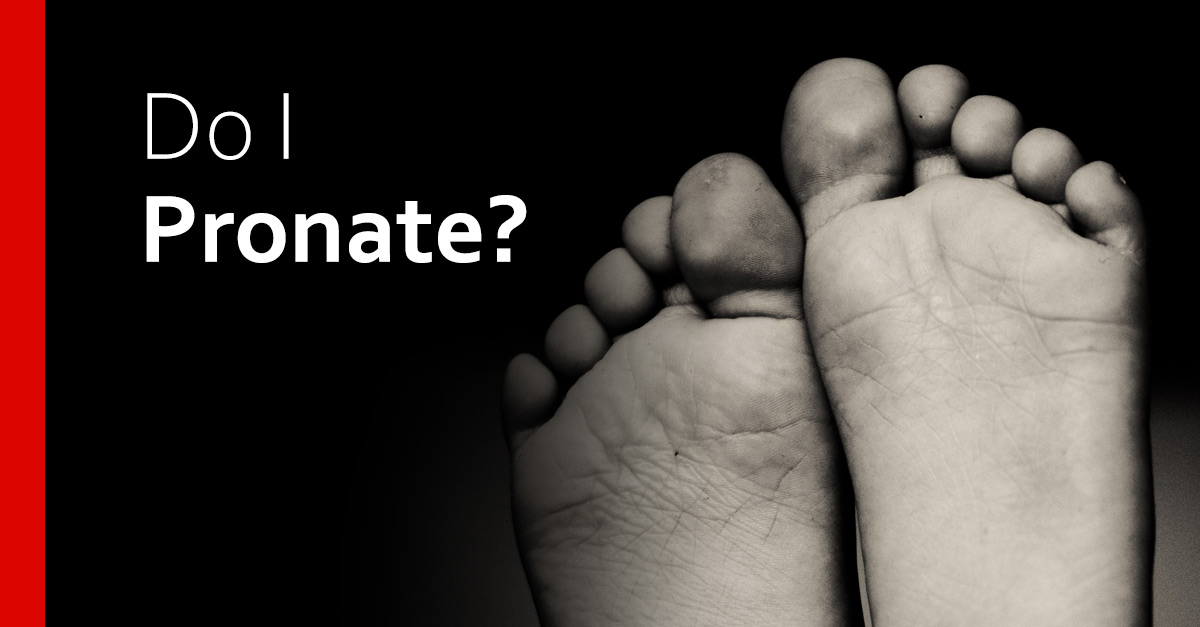It’s time to buy some new shoes, but your favorite model has been discontinued. Now what? Guess it’s time to find a new favorite pair. You go to your favorite shoe dispensing retailer, and the confusing language begins. “Do you pronate when you walk or run?” asks the friendly staff member.
“Gee,” you think. That sounds bad. “I don’t know. What is pronation?” you wonder. “Do I do it?”
Your thoughts then drift to a talk you heard several weeks back from a local foot expert. “What did they say about pronation?” you think to yourself… Then it hits you. The foot expert explained: Pronation is a good and normal thing in our feet. Pronation allows the middle part of our foot to “relax” a little towards the ground allowing our big toe to get in position to bear the weight of the body right before we push off with it to take our next step. As we take that next step, our foot supinates, becoming stiff to efficiently transfer force from ourfoot to the ground. The foot expert used the analogy of the hand. When an artist paints happy little clouds, their hand is very relaxed (pronation) while holding the brush. But when a boxer is in the ring, his hand is clenched tight (supination) allowing him to punch with great force to knock out his opponent.
“Ah ha,” you think. “So the foot cycles between relaxed and tight with each step.”
You remember the expert discussed this cycle and explained it like this: Pronation and its opposite partner supination are two very critical movements that our foot must go through with each step. A normal step goes a little something like this: We land on the back, outer portion of our heel. As we advance forward onto the ball of our foot, we begin to shift our weight from the heel to the middle and outer portions of our foot and up to the 4 smaller toes. At this point, the inside of our foot begins to pronate (which we now know is normal and a good thing!) allowing us to move our weight to the big toe. As we get ready to push off of our big toe to take the next step, our foot supinates to become stiff. The stiffness of supination gives us a strong foot push off from allowing us to advance forward to the next leg where the cycle of pronation and supination begin again.
Suddenly, you realize you’re still in the shoe retailer and have been staring in to space the last several seconds. The staff member is now looking at you confused. You snap back to reality and respond back to the staff member, “No, I pronate and supinate a normal amount.” You pick out a comfy pair of shoes, thank the staff member for their help, and walk out cycling through pronation and supination as you go.
What’s the moral of the story?
Everyone pronates and supinates in their foot. There are extreme instances in both cases, but a vast majority of the time, everyone cycles through these two movements a normal amount for them.

